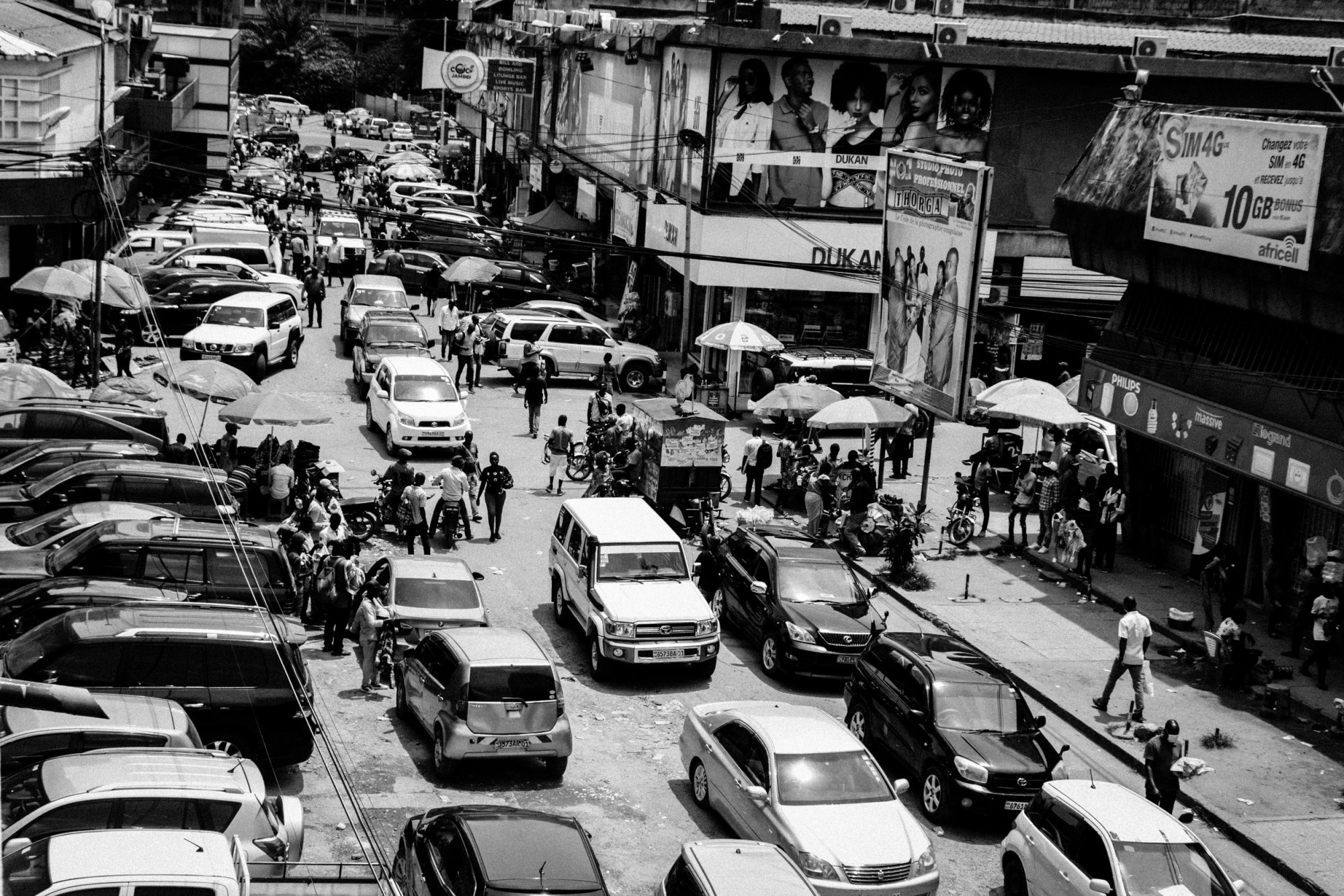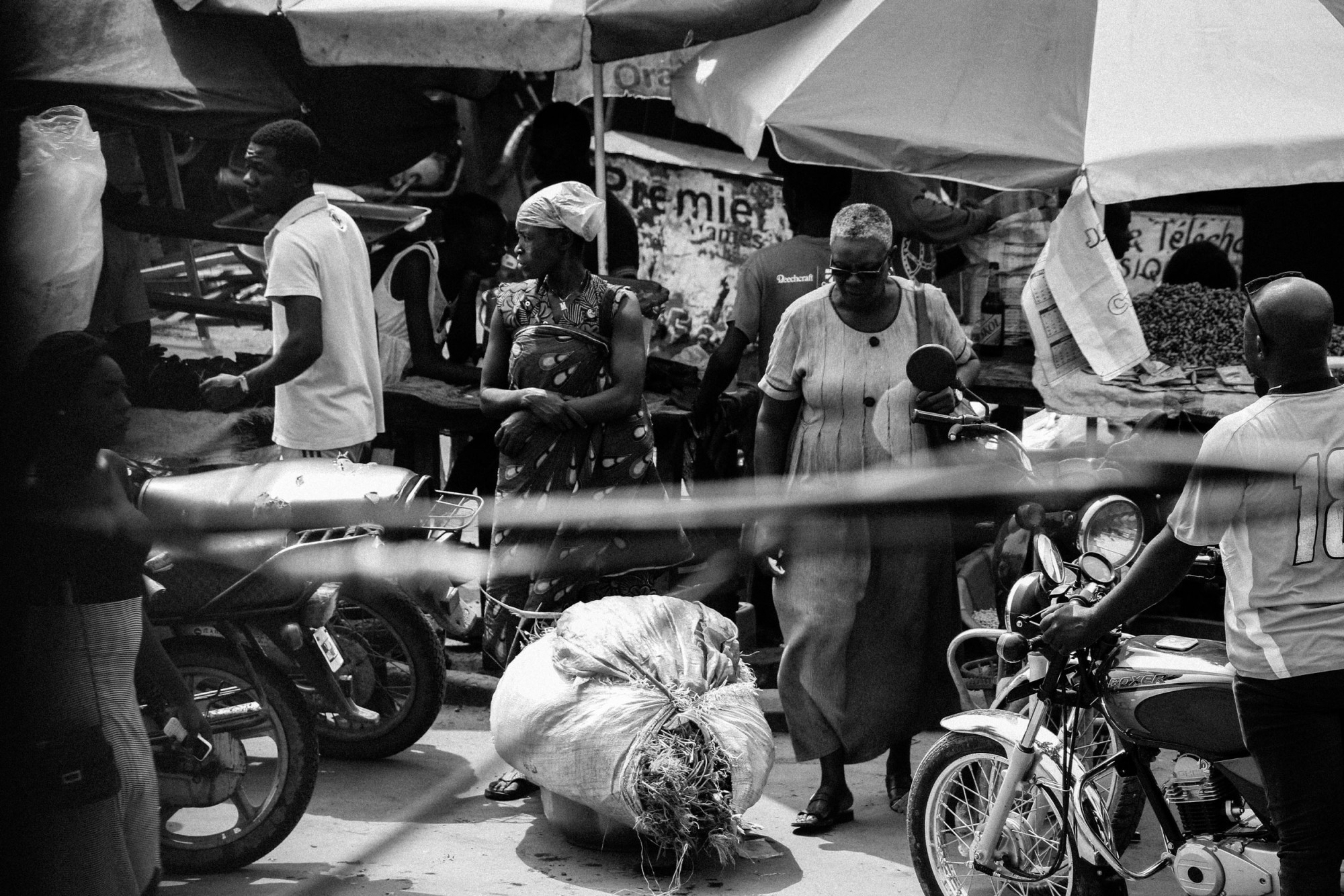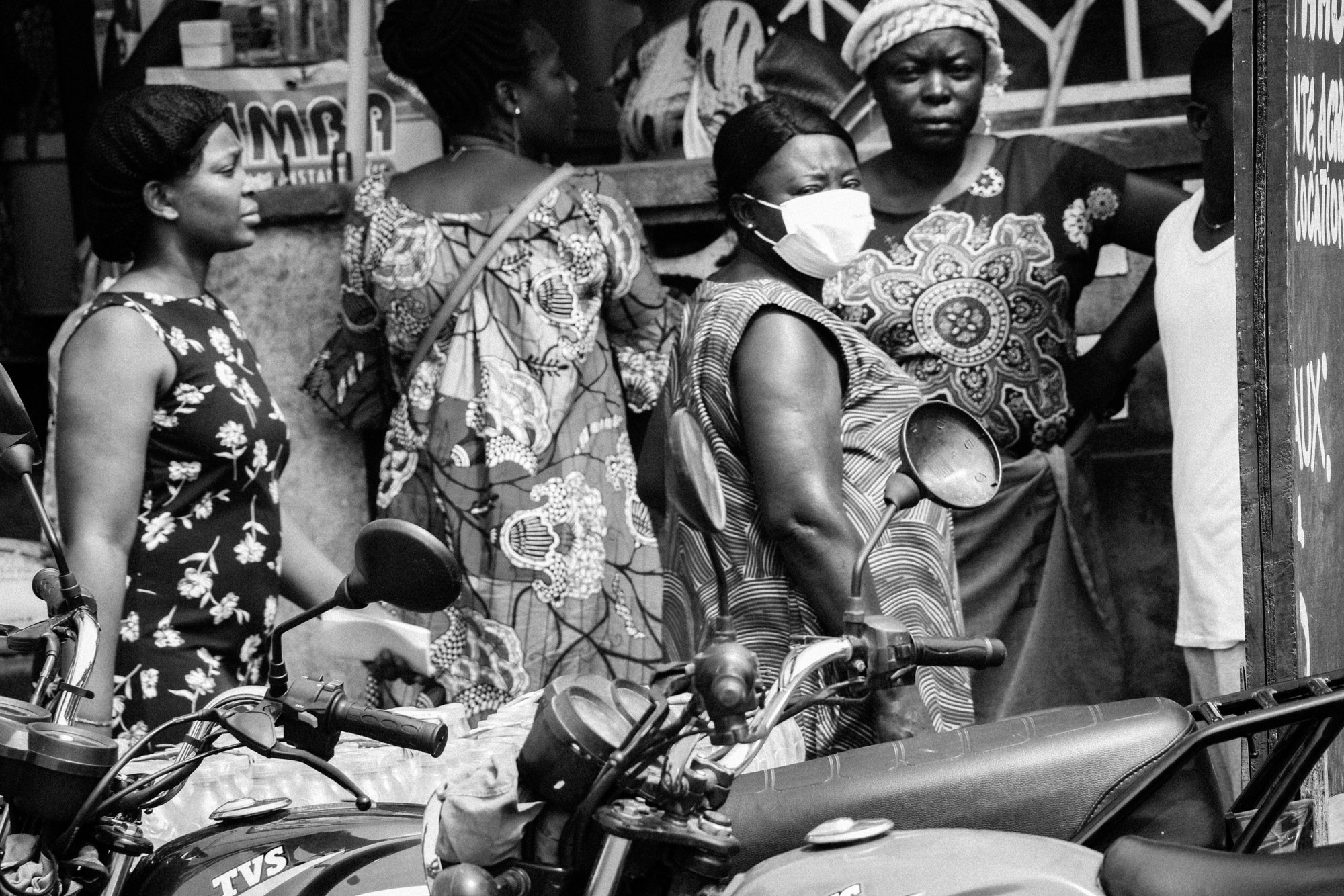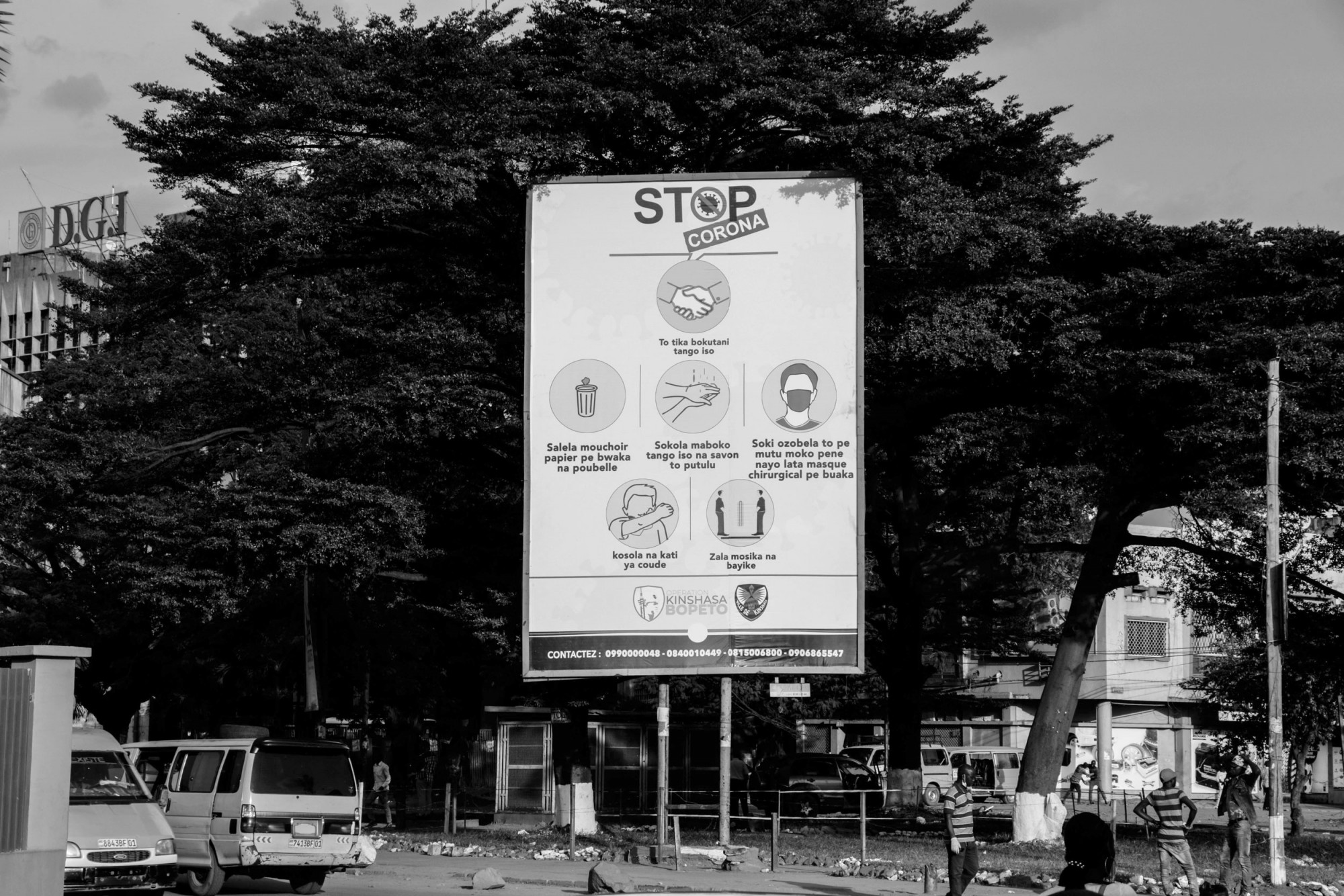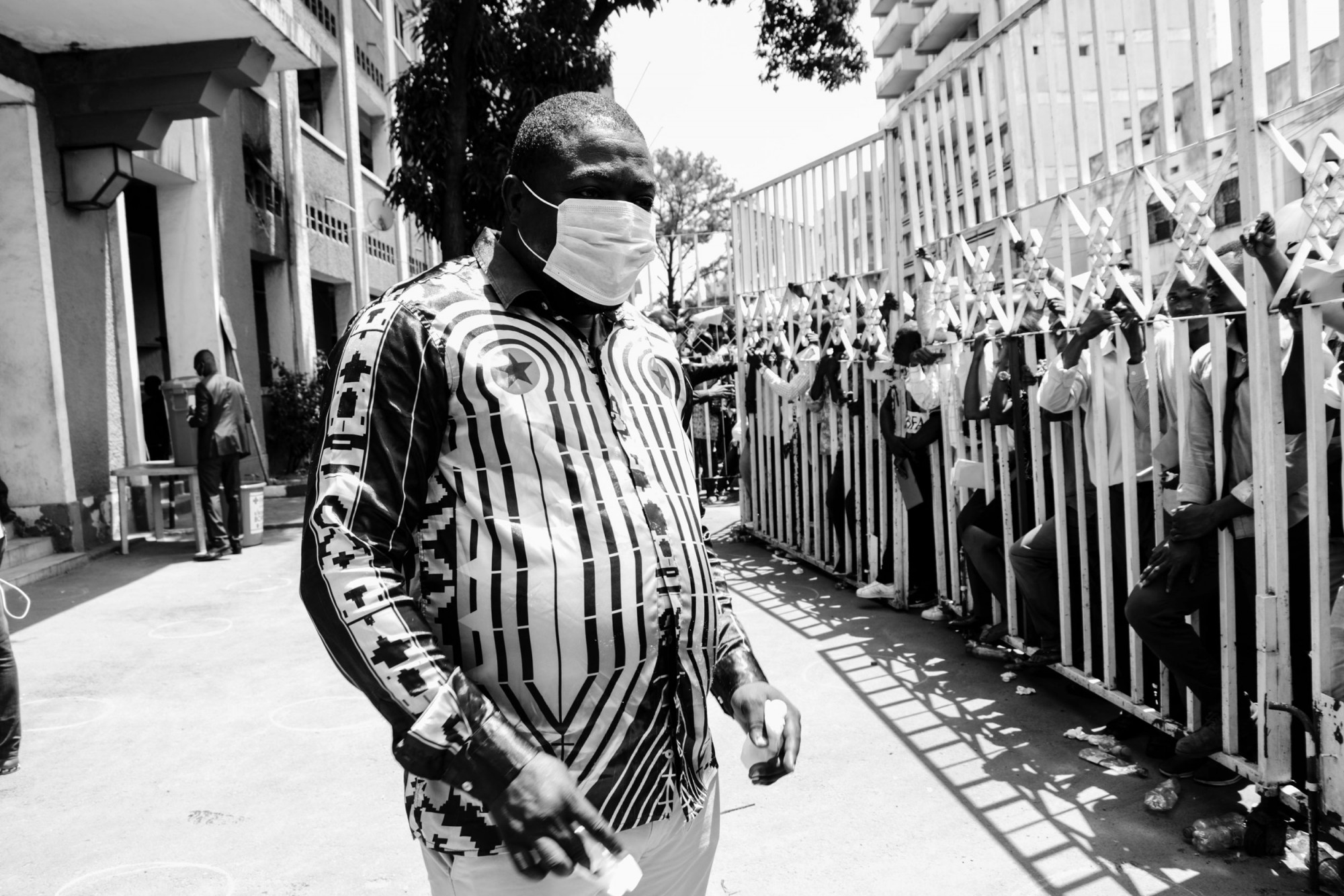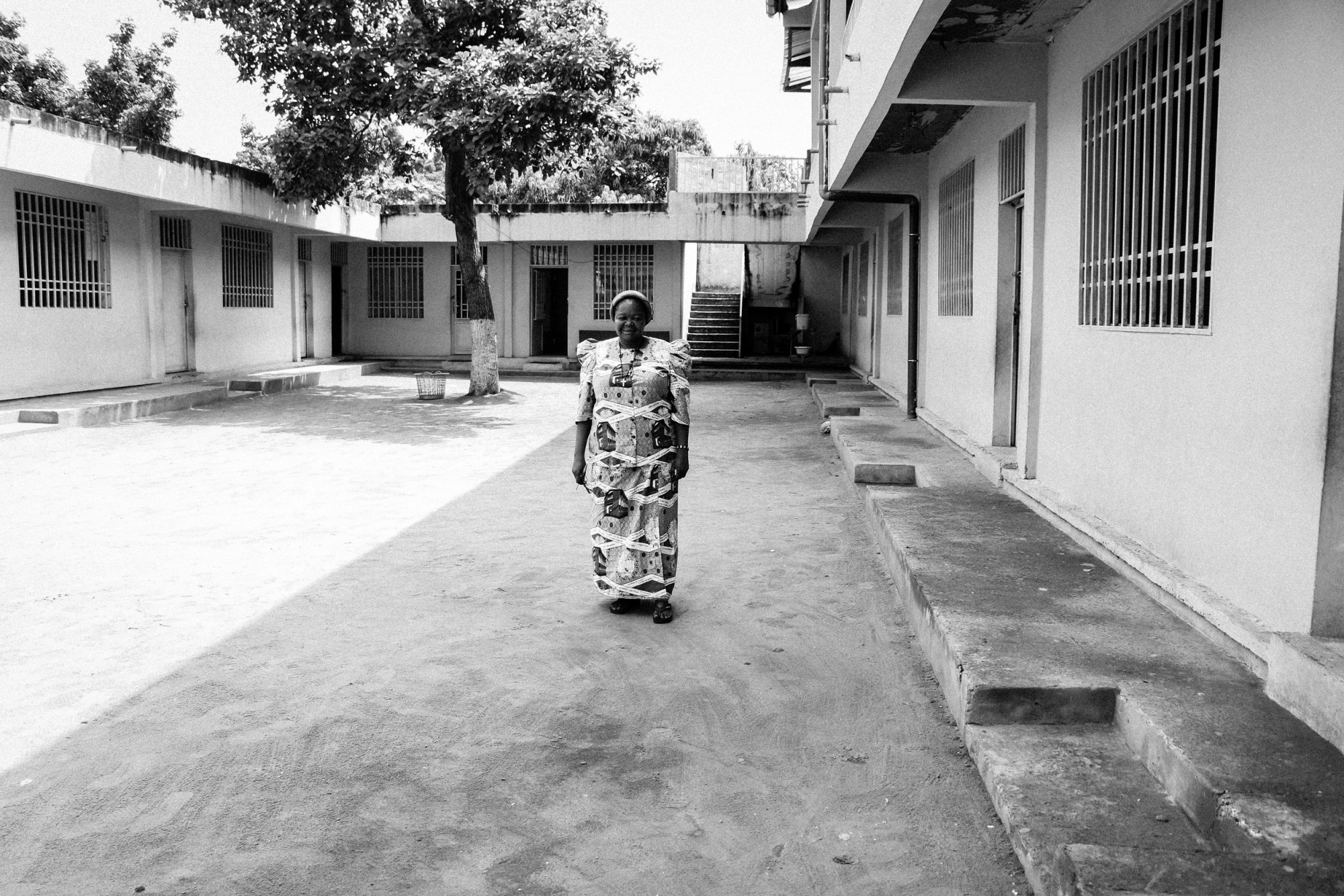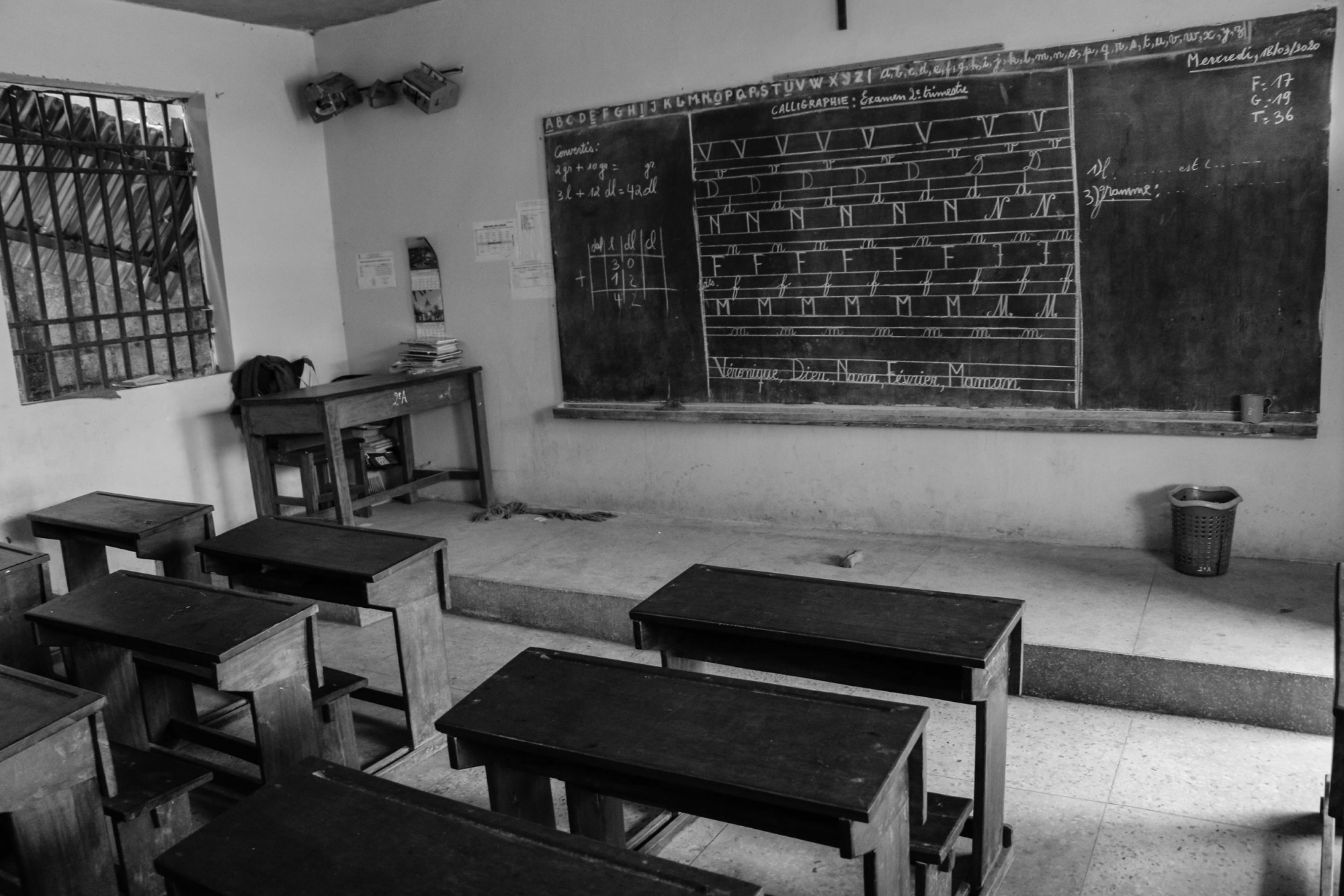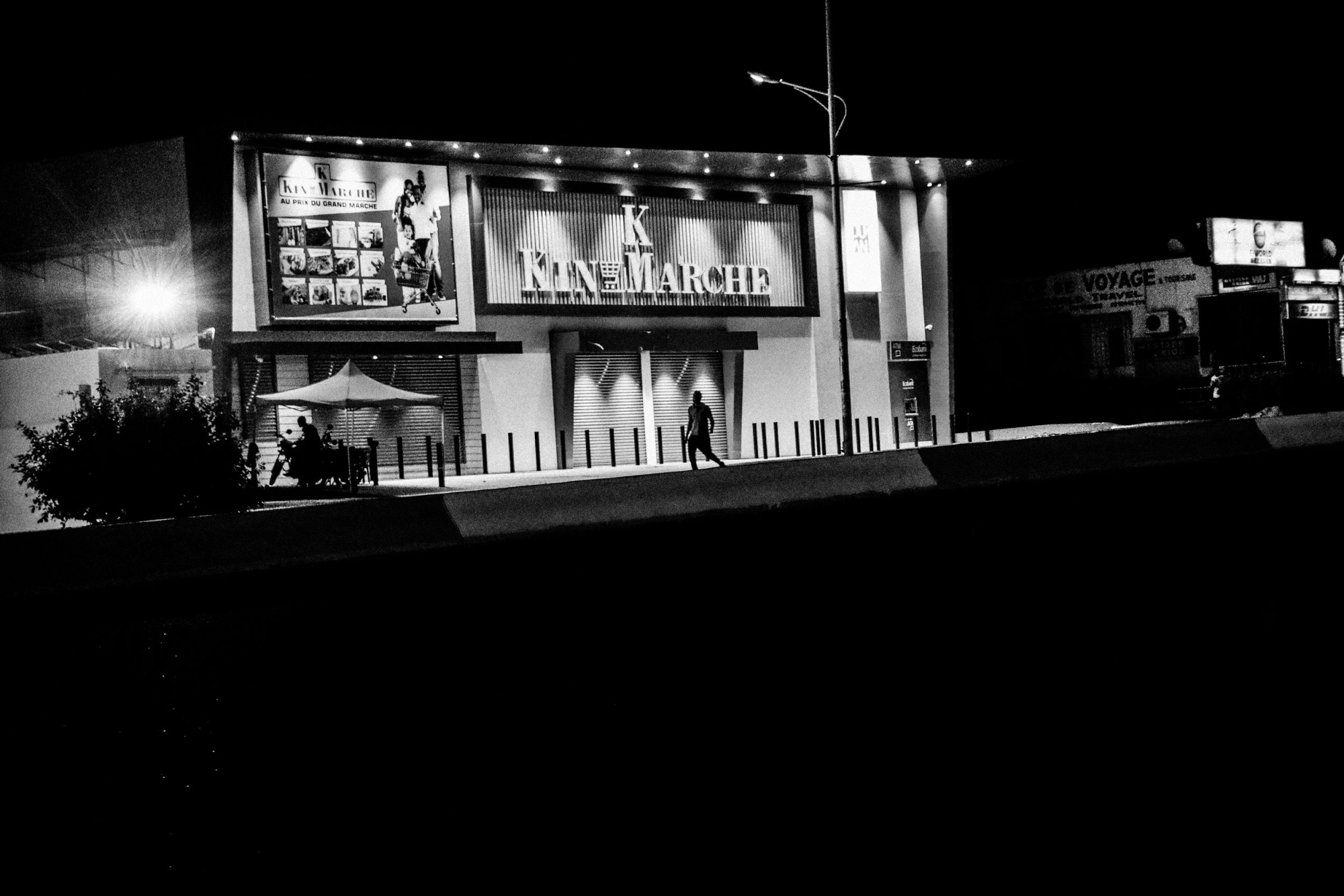

On March 19, schools were closed, major commercial activities halted, and Gombe was put under lockdown, with access roads blocked off and passes required for entry. Police patrolled Gombe’s streets and people were screened at the entrances to buildings and at the few essential shops that remained operational. Five days later, President Tshisekedi declared a national state of emergency, closed the country’s borders, and isolated Kinshasa from other provinces to stem the spread from the capital to the other regions.
While Gombe’s streets fell quiet, scenes in the surrounding neighbourhoods were very different. As I walked through Mont Ngafula, a southern commune of Kinshasa, I found many people who were not yet respecting social distancing measures and other precautions suggested by the World Health Organization. Even now, many people continue business as usual without protection. Many don’t believe the virus is a real threat to them.
As of today, April 29, Congo has reported 491 COVID-19 cases and 30 deaths.
